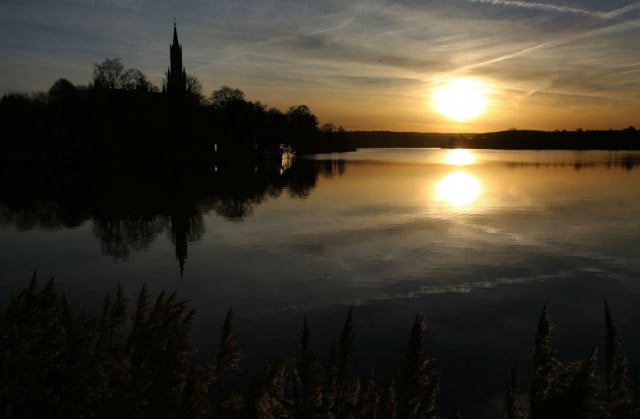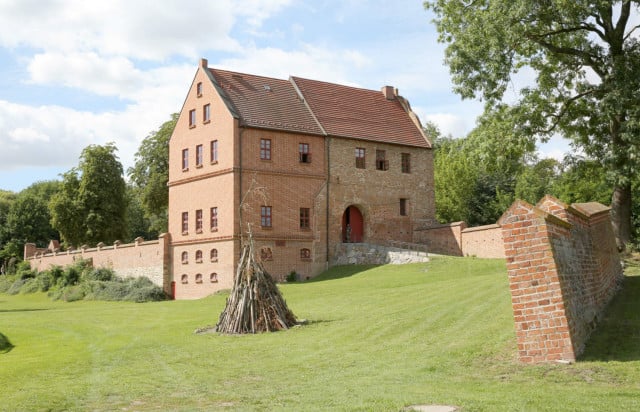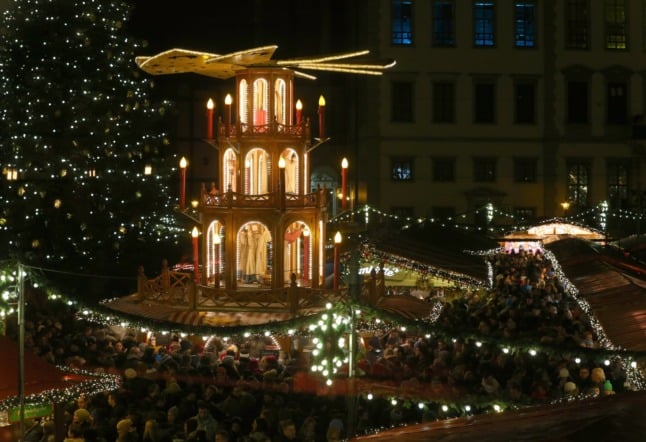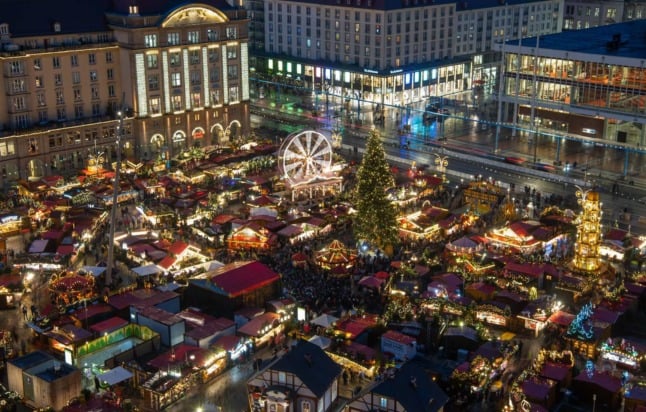Seeking serenity from Berlin
On a quest for a couple of days of peace and quiet not too far from Berlin, my boyfriend and I picked an Air BnB in the little town of Lohmen in Mecklenburg-Vorpommern (as it is known in German) – a former East German region with a colourful history.
It was a hotspot for witch trials in the 17th century and was the meeting point of the western allied and Russian forces in 1945.
The 180-kilometre drive from Berlin took us through an almost uninterrupted two-hour panorama of spindly, red pine trees. These trees are the most numerous inhabitants of this area of Germany and spread over into the border with Poland – which is probably why for me, they conjured up imagery from war films, to which they have provided the backdrop on many occasions.
As we cautiously rolled the last few kilometres towards our destination, we were struck by the sudden appearance of many triangular, thatched-roofed houses nestling in the woods – like something out of a Grimm Brothers’ Fairy-tale.
Our own accommodation was disappointingly, however, an unattractive yellow slab of soviet architecture but its location on the edge of the Garder Lake (not to be confused with the much warmer, Italian Garda Lake) and in the middle of a blissfully quiet forest made up for it. The town of Lohmen has less than a thousand residents and its sparse population was palpable.

November sunset by one of the many lakes in MWP. Photo: DPA
We took ourselves off for a walk around the lake, which is one of many thriving tourist attractions in this region in summer, with camping places and rental homes dotted about near the artificial beach. Our research told us that MWP is home to over a thousand such lakes – which perhaps partly explains its popularity with German tourists.
At the time of our visit however, the sand was black and the pedal boats stood cold and deserted on the low, grey waves. In the sub-zero temperatures, it was difficult to picture this being the sight of frolicking and splashing kids, but it certainly proved a very nice spot for a bracing winter walk.
We spent a cozy night by the fireplace and even dared to venture out again into the black, frozen forest again around midnight. We didn’t last long outside, however, finding ourselves slightly spooked by being the only souls around in the middle of this vast woodland area.
Bewitched in the woods
The next day, we drove 83km to the western side of Mecklenburg-Western Pomerania, to visit the “Old Castle” in Penzlin. Having a penchant for the supernatural, I was very keen to see this 13th century site which is now a “Witch Museum”, on account of it having been the epicentre of the “Hexenverfolgungen” (witch hunts) which were rife in this area four hundred years ago.
The castle cuts a creepy figure on a small hill within its walled grounds, but inside the museum the chilling atmosphere is quickly overpowered by the warm welcome of the mostly female museum staff in full 17th century costume.

The spooky Alte Burg witch museum in Penzlin. Photo: DPA
We were happily shepherded into the main hall and original site of many witch trials by our merry tour guide, where we were treated to an illuminating, fifteen-minute talk on the history of the place and of witch trials in general.
As well as being very informative, the talk also gave pause for thought as to the treatment of women in general in this era of European history and the interplay between religion and the justice system. The tour then took a gruesome turn, as we ventured downstairs to the “Hexenkeller” (witch cellar) to inspect reconstructions of torture instruments, which had been used both for interrogation and punishment purposes.
The grizzly nature of this dungeon was, however, dampened by the playful delivery of the tour guide. It seems that, through its well-researched and presented tours, this Witch Museum has found a successful way to balance out the darkness of its history with an element of fun.
Before hitting the road home after this unusual visit, we made a brief stop in the quaint town of Penzlin for a delicious Erdbeer (strawberry) Bier. We were again warmly welcomed by the bar staff, who were curious about our distinctly non-German accents and thus concluded a very pleasant, if slightly unorthodox, flying visit to the region of MWP.





 Please whitelist us to continue reading.
Please whitelist us to continue reading.
Member comments